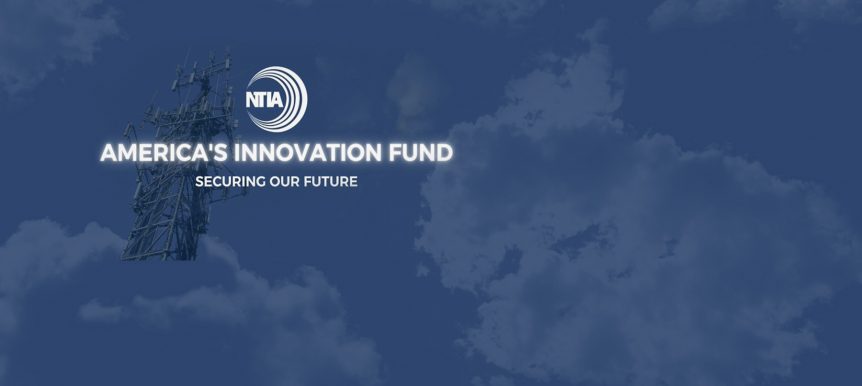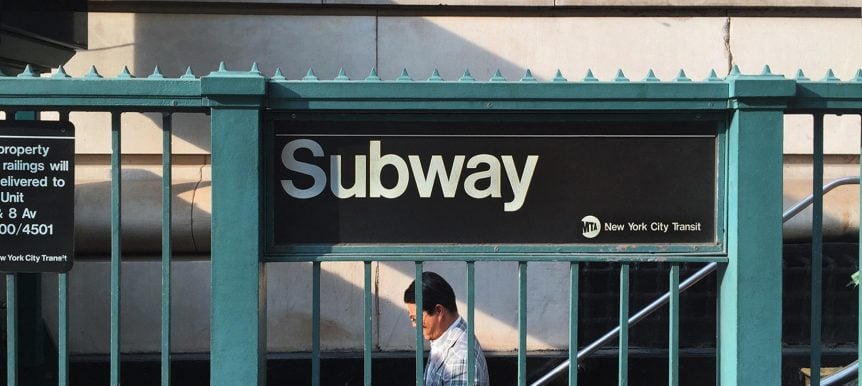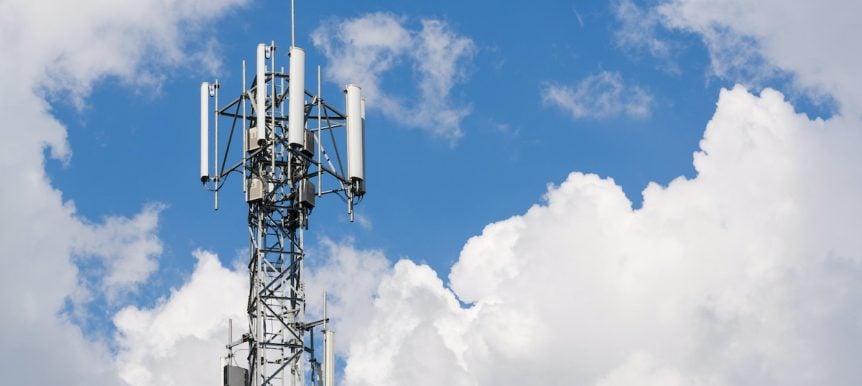To Speed Development of 5G, NYU WIRELESS Will Make Key Software Free and Open to All

WASHINGTON—In his keynote speech this morning at a Federal Communications Commission workshop on 5G wireless technology, pioneering researcher Theodore (Ted) Rappaport will announce that New York University is making its channel model simulator and measurement data free and open to all—potentially short-circuiting years of millimeter wave (mmWave) development time for companies hoping to vastly increase the transfer of data through the air.
The announcement will come just days after FCC Chairman Tom Wheeler told a Senate committee that the United States will lead the fifth generation of wireless communication (5G) and quickly allocate high-frequency mmWave radio-wave spectrum—a band of frequencies that NYU WIRELESS at the NYU Tandon School of Engineering first demonstrated can help fulfill the urgent need for faster and greater wireless data capability.
The NYU WIRLESS simulator will provide the first open access to statistical spatial channel models that are based on the research group’s experiments from 2011 to 2014 that showed the world that mmWave frequencies will work for mobile communication.
Already, many companies, including some corporate sponsors of NYU WIRELESS and French telecomm operator Orange, are using it. Like other channel simulators that are being developed by private companies, the simulation software allows researchers to understand the behavior and capabilities of the mmWave radio spectrum that was originally widely believed to be suitable only for indoor communication until Rappaport and colleagues at NYU WIRELESS published their pioneering radio propagation measurements, radio channel modeling, system simulation, and antenna technology research in the 2012-2013 time frame.
With the new simulator, developers of 5G cellular phones, base station infrastructure, and future Wi-Fi products will be able to use the results of four years of measurements made at new mmWave frequencies ranging from 28 to 73 gigahertz and taken in New York City and Austin, Texas. The open-source software includes real-world channel data measured throughout Manhattan and Brooklyn, and allows users to generate channel impulse responses, calculate precise time delays, locate the angles of arrival of energy in urban channels, determine received power levels, and other key technical data needed to create reliable mmWave wireless equipment and systems.
To download the NYU WIRLESS channel model simulator, and for a complete list of published resources on 5G mmWave wireless channel modeling and measurements, visit nyuwireless.com/5g-millimeter-wave-channel-modeling-software.
Message to FCC: Urgency
The race to 5G will enable driverless cars, breakthroughs in medical imaging technology, new wireless medical devices, a growing number of connected devices referred to as the Internet of Things—and it could make Wi-Fi widely available at lower cost with greater capabilities than today. Yet wireless communication has not kept pace with other computing gains, Rappaport will tell the Spectrum Frontiers Workshop organized by the FCC Office of Engineering and Technology, Wireless Telecommunications Bureau, and International Bureau.
“The demand for mobile data is forecast to continue rising 53 percent each yearinto the foreseeable future. Over the last 40 years, computer clock speeds and memory sizes rose by as much as six orders of magnitude. Yet communications frequencies have barely moved. The only hope to meet mobile traffic demand is to utilize much more spectrum, and opening the mmWave band will do just that,” Rappaport says.
“The FCC’s leadership will provide the American public with important new services and ensure that we remain at the forefront of technology development,” adds Rappaport, an early proponent of the FCC’s quick response to opportunities revealed by mmWave research.
His speech this morning will follow remarks by FCC Chairman Wheeler, Commissioner Michael O’Rielly, and will keynote a day-long session of presentations and demonstrations from international corporations and government.
Impact of the Technology
The mmWave spectrum could provide 200 times the capacity of all of today’s cellular spectrum allocations, and 5G is projected to become more than 1,000 times faster than 4G.
Channel models are vital to the governing bodies setting standards, companies developing equipment that will test and manufacture the next generation of wireless communication, carriers, mobile device makers, and academic researchers.
“We are able to provide this software suite for use in link level and system level simulations because of the strong and continued sponsorship of many NYU WIRELESS industrial affiliate sponsors and the National Science Foundation (NSF), as well as the hard work of many dedicated students and faculty,” says Rappaport, founding director of the research institute. Seventeen companies and institutions support the work at NYU WIRELESS, recently named by FierceWirelessTech as the world’s leading academic research center in 5G.
Rappaport’s announcement of the open-source channel model simulator will mark the second open-source announcement this year by NYU WIRELESS. In January, it announced plans to build one of the first advanced testbeds for antennae that will be available to academic and public-sector researchers studying the mmWave spectrum. That project is supported by the NSF and collaborates with National Instruments and SiBEAM, a Lattice Semiconductor company.

 Biden-Harris Administration Awards Wireless Innovation Fund Grant to Sundeep Rangan & Team
Biden-Harris Administration Awards Wireless Innovation Fund Grant to Sundeep Rangan & Team Governor Kathy Hochul calls on Professor JR Rizzo to Help Boost Accessibility for NYC Commuters
Governor Kathy Hochul calls on Professor JR Rizzo to Help Boost Accessibility for NYC Commuters With NSF and Industry Support, NYU WIRELESS Aims to Harness the THz Spectrum for Amazing Possibilities
With NSF and Industry Support, NYU WIRELESS Aims to Harness the THz Spectrum for Amazing Possibilities








